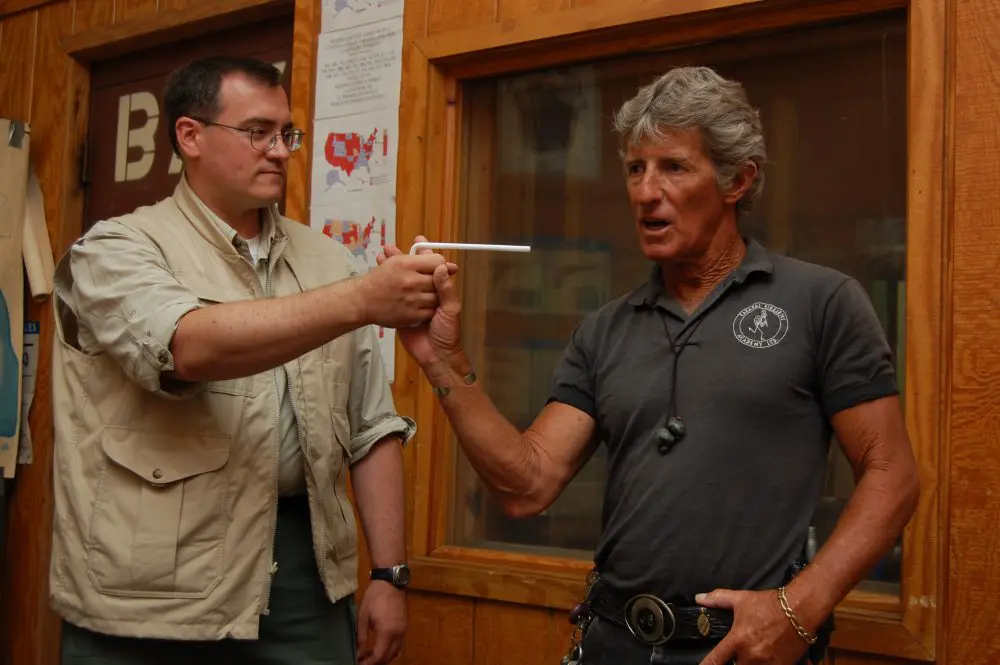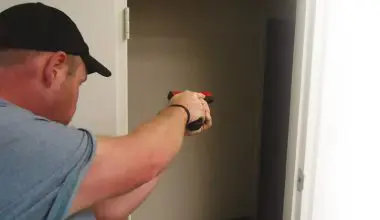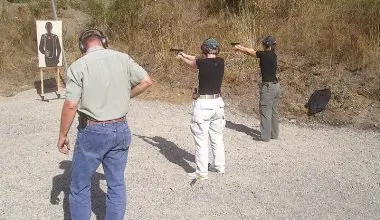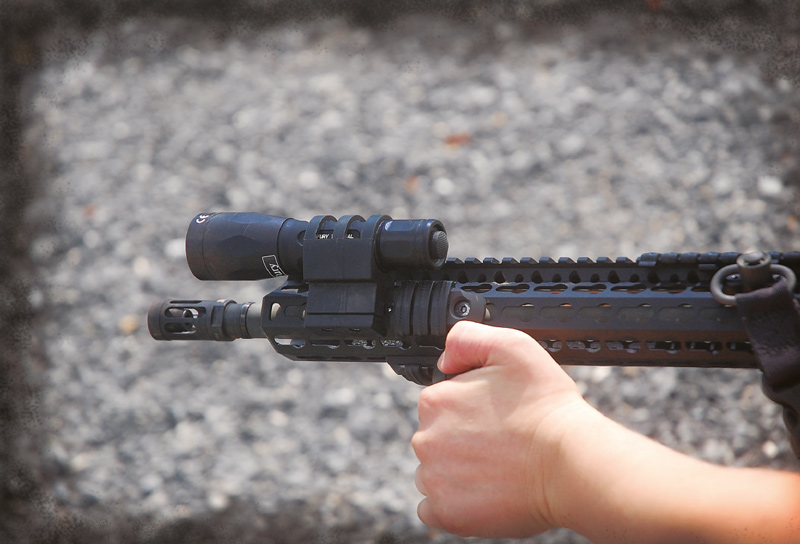
THE need for a weapon-mounted light (WML) is (or should be) obvious. You need the ability to acquire, identify and process a potential threat. Positive identification is an absolute, and may be the difference between shooting someone who does not need to be shot and properly servicing someone who does. Having a WML is not an option—it should be mandatory.
At almost every class I teach that has a low-light component, I see one or more students with WMLs whose beams of light are greatly attenuated. There may be several causes for this, to include cheap offshore-made lights, depleted batteries, or lights of insufficient power.
One of the most common issues is operator induced— having a dirty lens. This happens for the simple reason that when a gun is fired, gas and other residue leave the barrel. Those items that are in close proximity get dirty. And as WMLs are almost always properly mounted on the front of the gun, the proximity of the light to the muzzle causes gas residue to accumulate quickly. This is made blatantly obvious when the shooter attempts to illuminate a target and instead gets what passes for a dim fog.
How does this affect the way we do business? Well, it doesn’t. Or at least it shouldn’t if the shooter is one with his gear. Outside of the military, most gunfights last from a few heartbeats to a few minutes, and cops or citizens will seldom fire more than a few rounds in an engagement. Therefore, if you start the day with a clean lens and you do get involved, you will not likely fire enough rounds to adversely affect the light output.

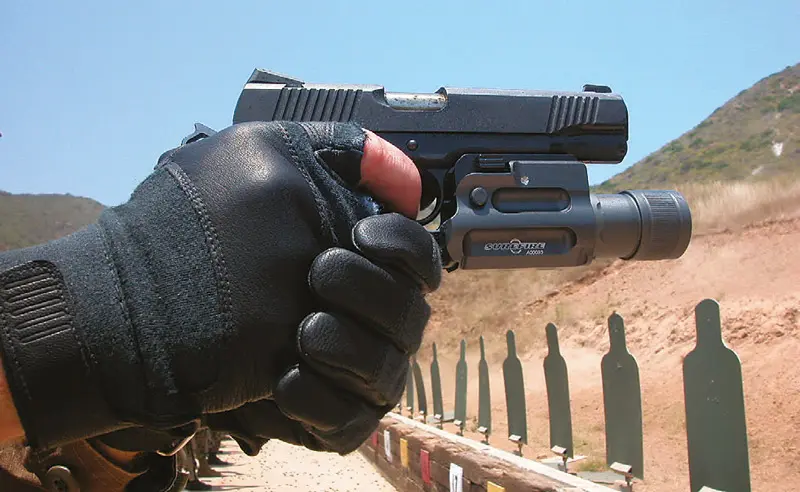
Table of Contents
PROBLEMS
The real problems with obscuring the lens show up in and after training. Depending on the type of weapon and type and duration of training, the number of rounds fired during a class may be as few as 50 or as many as 2,000 or more. Clearly the higher the number of rounds fired, the more likely the lens of the WML will get gunked up.
This is not normally a problem, as some actually clean their guns after training. Cleaning should also include a function check, of not only the weapon but the system. And that includes looking at the lens of your WML.
Apparently, few people bother checking that WML thingie, for reasons that escape me. The result is they show up for a low-light class and on the first drill start with the “WTF is wrong with my light?” The reality is that what is wrong is the operator.
How do we restore the lens to its former state? The answer is simple— prevention. If you don’t gunk up the lens from the beginning, the necessary cleaning will be minimal. With that in mind, let’s look at prevention as a bestcase solution.
SOLUTIONS: PREVENTION
In the past, I covered the lens with a flip-up cap. These were sometimes solid caps, and at other times caps of various colors or Infrared. While it did protect the lens, the caps were often easily dislodged. And they were pretty useless on pistol lights. You had to carry the gun in the holster with the cover closed. If you needed to transition to the blaster in low light, you would have to remove the cover or shoot without the use of the light.
Some people placed a strip of Scotch Tape across the lens. Though it worked, the muzzle blast sometimes blew it off the light. Additionally, as it was opaque, it let a minimum amount of light through, and in the days of “65 lumens of blinding light,” you could not afford to lose any of the little lumen things. It was an option, but not optimal.

A much better method to keep the lens clean is to place a transparent barrier between the lens and the gasses— something that doesn’t require any action on your part to be able to use the light. Awhile back, Mike Hueser started using a WD-40 pen. Simply run this over the clean lens and ensure that it covers the entire lens. This covering is transparent, and if it reduces the light, it is by such a small amount as to not cause any worries. And you can shoot with it applied.
If you shoot a fairly high number of rounds, gunk will accumulate on your light, only this time instead of sticking to the lens, it will stick to the barrier of WD-40. Clean the light by sticking a fingertip on the lens. You will remove any gunk along with the barrier. After cleaning the lens, reapply the WD-40 and rock on. If the WD-40 pen is not available, you can use Vaseline. If I have neither of the above, I always have a bottle of lubricant, so I apply some SLiP 2000 EWL to the lens.
A word of caution: while petroleumbased products will not harm the lens, they have the potential to damage seals. We have not seen it, and the potential for that damage requires testing that is outside my pay grade.
Another thing I always have with me is a tube of Chapstick, and this is my favorite means of protecting the lens. It’s small, easy to carry, common, inexpensive and doesn’t run.

CLEANING
Well, we have the prevention thing down pat (I made a funny…). How do I clean a neglected lens? Carbon left on the lens can solidify after a while and make it more difficult to clean. The potential for scratching the lens increases with time as you use more aggressive cleaning methods. Keep this in mind as you clean the lens.
There are degrees of obscuration, so let’s start with minor cleaning, the easiest of all, and progress to the grunge.
Assuming that you have started with a clean lens, your first choice is warm, soapy water. This works on lights that have had minimal rounds fired from the gun they are mounted on. Apply it with a soft cloth or cotton swab, applying gentle pressure. Rinse with water, review and repeat if necessary. The sooner you do this after shooting, the easier it will be to clean.
If the gunk is caked on and solidified, escalate the cleaning regimen. The excellent SLiP 725 cleaner can be used on the lens and does an excellent job of removing carbon from any surface. As stated above, use a soft cloth or Q-Tip and apply gentle pressure.
An alternative method is to use lemon juice. Doc Spears has been using this for a long time with excellent results. Apply sparingly and use the soft cloth/Q-Tip as with the other methods. Rub gently and in a circular motion to ensure you get the crud off. Rinse with water when finished.
For the really tough stuff, use toothpaste. This is a mild abrasive and certainly useful to polish a great number of items. Some successfully use a pencil eraser, rubbing gently to remove the crud. As with any cleaning, you are necessarily moving the crud around the lens. I have shied away from using this method, as my feeling is that the crud is picked up in the body of the eraser and further carried across the lens as you rub it. This may be a bit of paranoia on my part, as the lenses on high-quality lights are tough and might never be damaged. But the real reason I have never used the eraser is simple—I have never needed to. I regularly inspect and if necessary, clean the lenses of the WMLs on my pistols and carbines.
AN OUNCE OF PREVENTION …
If you take away anything from this article, let it be this: prevention is the cure. Do not become obsessive worrying about crud on the lens. It will not occur after firing a few or even a few hundred rounds.
It is unlikely you will ever fire that many rounds in a gunfight. But it is likely you will exceed that number by a wide margin in a training session, in which case your lens may become mildly to severely crudded up.
If you start off with a clean lens and clean the light shortly after use, it will be good to go. If you apply a barrier to the lens prior to shooting, it becomes significantly easier to clean it. Pretty simple stuff….


